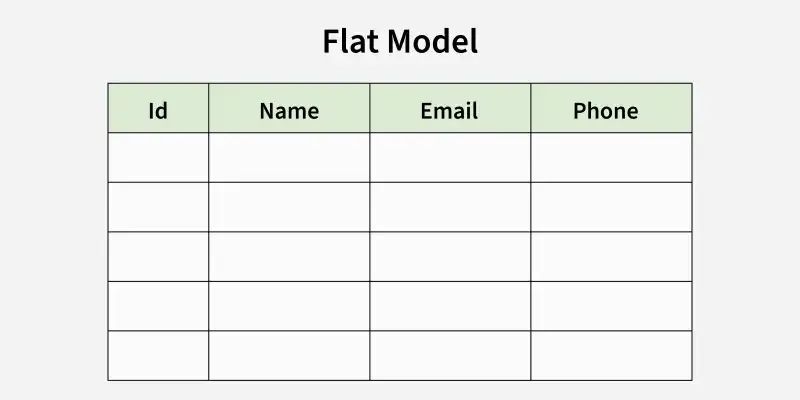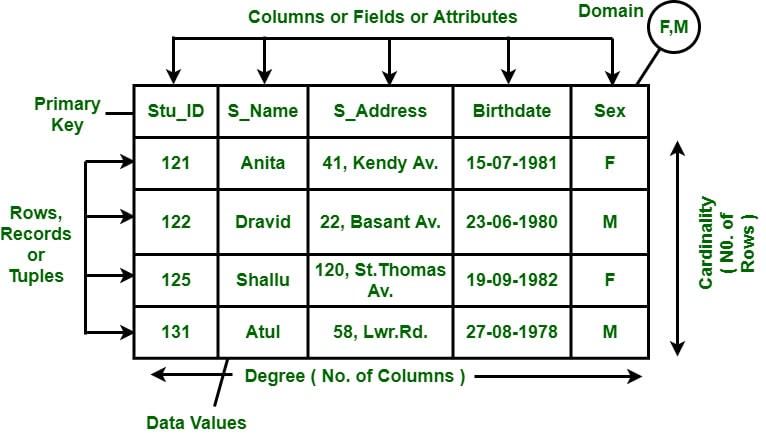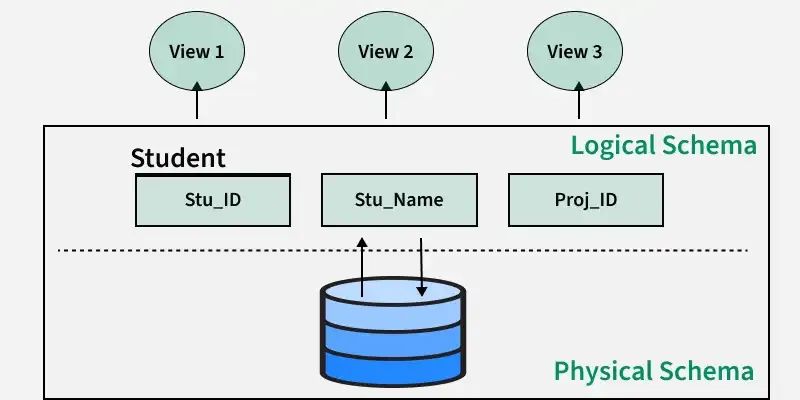Mobilios pašarų gamyklos: aprašymas, technologinis procesas
Šiandien galite išgirsti daug diskusijų apie žemės ūkyje naudojamus progresyvius įrenginius, ty mobilias pašarų gamyklas. Prietaiso veikimo principus, diegimo naudą ir klientų atsiliepimus apie šią įrangą rasite straipsnyje
Mėsos gaminių apipjaustymas
Ši procedūra taip pat vyksta pagal tam tikrą planą.
- Pirma,apipjaustymas atliekamas tik visiškai iškaulinėjus. Šios operacijos esmė ta, kad iš mėsos pašalinamas visas stambus audinys, tai yra jungiamasis audinys. Taip pat pašalinamas riebalinis sluoksnis, stambios kraujagyslės ir pan. Šis procesas yra paskutinis jautienos ar bet kokios kitos mėsos skerdenos pjaustymo etapas.
- Antra, pati procedūra atliekama rankiniu būdu, naudojant specialų aštrų peilį.
Šios procedūros metu turite laikytis kelių svarbių taisyklių:
- Mėsa supjaustoma į atskirus raumenis arba jų grupes.
- Raumenys pjaunami išilgine kryptimi. Gabalai turi būti ne didesni kaip 1 kg.
- Jei mėsa bus naudojama žaliai rūkytų dešrų gamybai, gabalo masė neturi viršyti 400 gramų.
- Apdorojamas mėsos gabalas dedamas jungiamuoju audiniu žemyn. Naudojant apipjaustymo peilį, mėsa atskiriama nuo jungiamojo audinio, nustumiant peilį nuo savęs.
- Labai svarbu ant darbo stalo nesurinkti daug iškaulintos ir nupjautos mėsos, kad nepablogėtų jos kokybė.
Verta atkreipti dėmesį ir į tai, kad norint pasiekti geriausią mėsos kokybę, mėsą būtina kruopščiai apipjaustyti. Tam būtina, kad gamyboje dirbtų darbuotojai, atsakingi už atskirų skerdenos dalių apdorojimą. Tokiu atveju mėsa bus aukščiausios kokybės. Mėsos pusgaminių gamyboje itin svarbų vaidmenį atlieka mėsos kokybė. Bus riebalų, filmų, gyventų ir kitų dalykųpabloginti kokybę.

Flat Model
A flat model schema is a 2-D array in which every column contains the same type of data/information and the elements with rows are related to each other. It is just like a table or a spreadsheet. This schema is better for small applications that do not contain complex data.

Database Schema Designs
There are many ways to structure a database and we should use the best-suited schema design for creating our database because ineffective schema designs are difficult to manage & consume extra memory and resources.
Schema design mostly depends on the application’s requirements. Here we have some effective schema designs to create our applications, let’s take a look at the schema designs:
- Flat Model
- Hierarchical Model
- Network Model
- Relational Model
- Star Schema
- Snowflake Schema

Types of Database Schemas
Physical Database Schema
- A physical schema defines how data is stored in the storage system, including the arrangement of files, indices and other storage structures. It specifies the actual code and syntax needed to create the database structure. Essentially, it determines where and how the data is stored in the physical storage medium.
- The database administrator decides the storage locations and organization of data within the storage blocks. This schema represents the lowest level of abstraction
Logical Database Schema
- A logical database schema defines the logical structure of the data, including tables, views, relationships, and integrity constraints. It describes how data is organized in tables and how the attributes of these tables are connected. The logical schema ensures that the data is stored in an organized manner, while maintaining data integrity.
- Using Entity-Relationship (ER) modeling, the logical schema outlines the relationships between different data components. It also defines integrity constraints to ensure the quality of data during insertion and updates.
- This schema represents a higher level of abstraction compared to the physical schema, focusing on logical constraints and how the data is structured, without dealing with the physical storage details.
View Database Schema
- The view schema is the highest level of abstraction in a database, focusing on how users interact with the database. It defines the interface through which users can access and manipulate data, without needing to understand the underlying storage mechanisms.
- A database can have multiple view schemas, also known as subschemas, each providing a different perspective of the data. These schemas describe only a part of the database.





